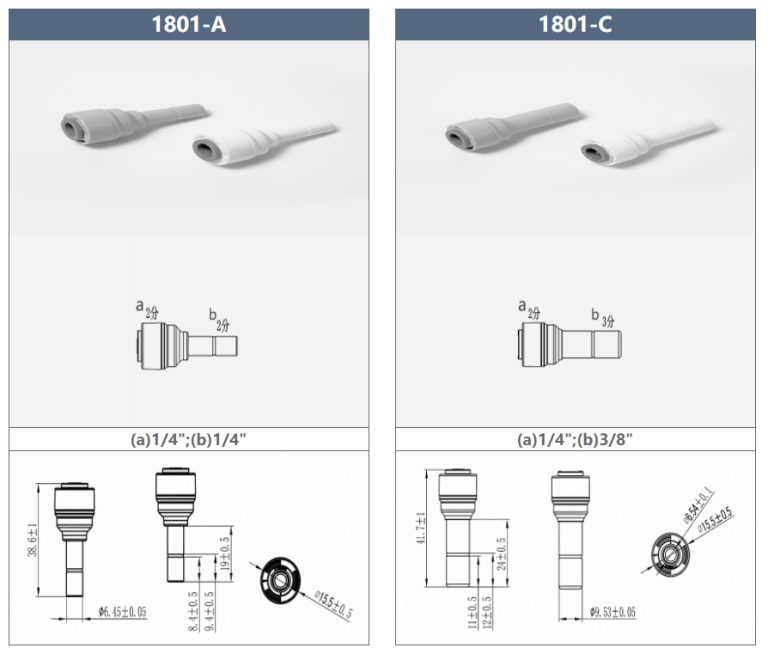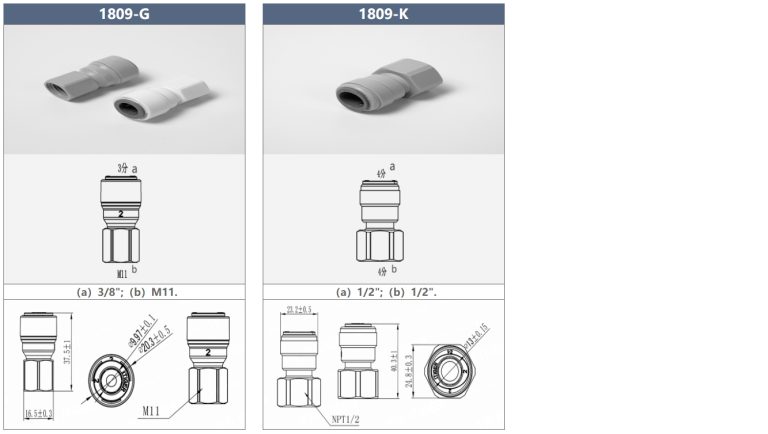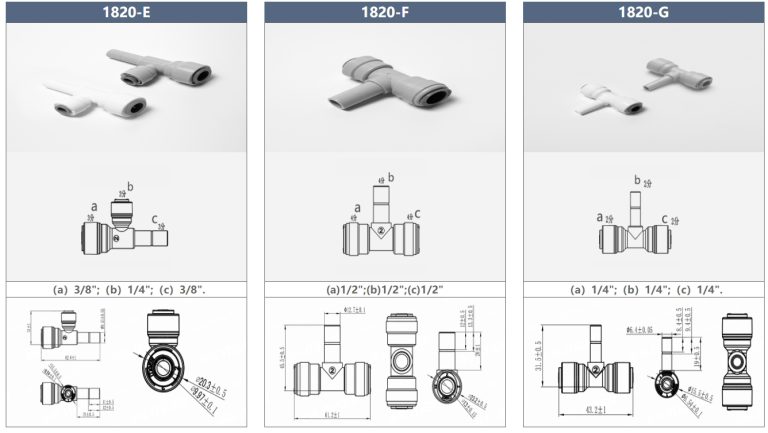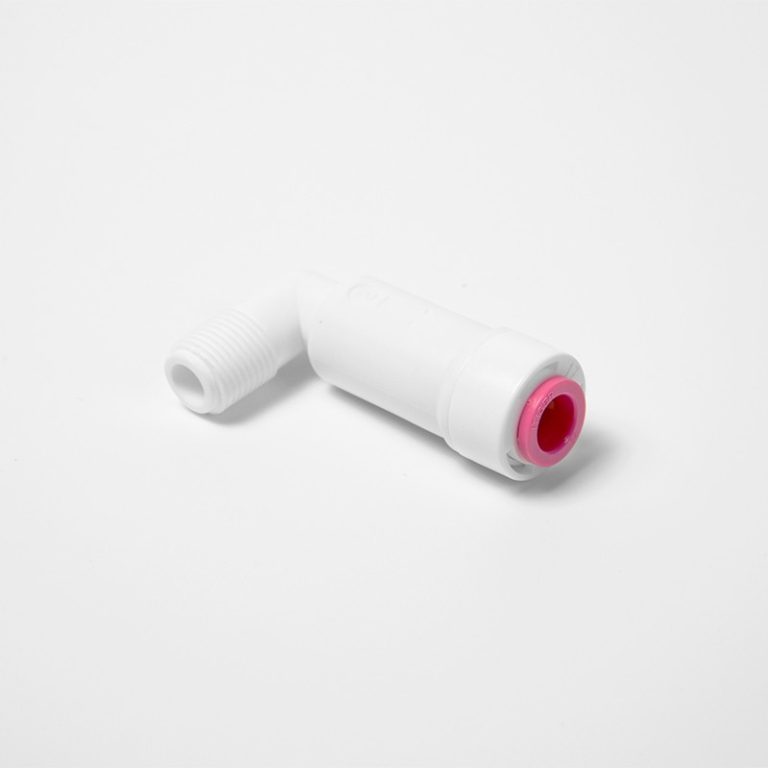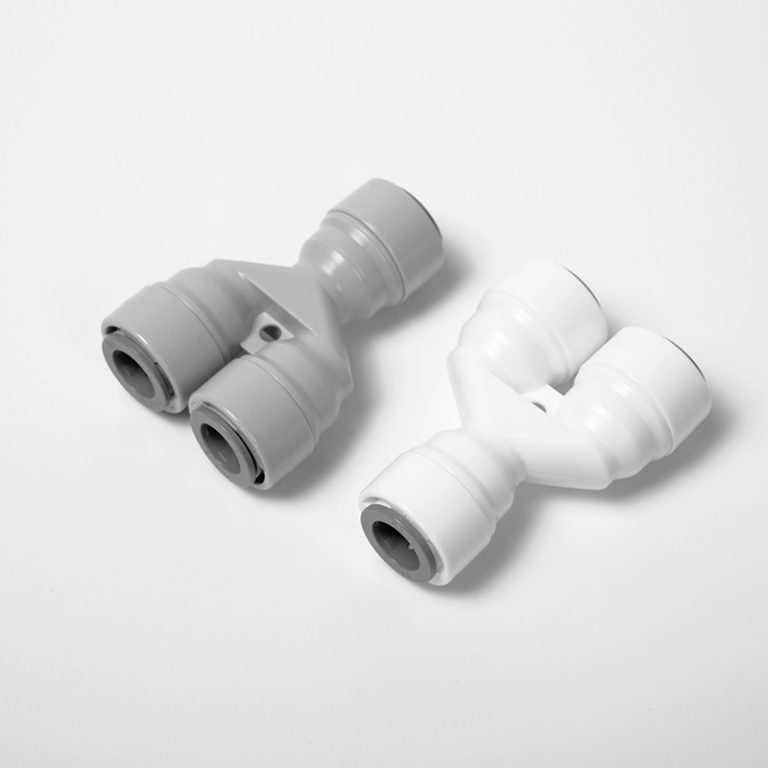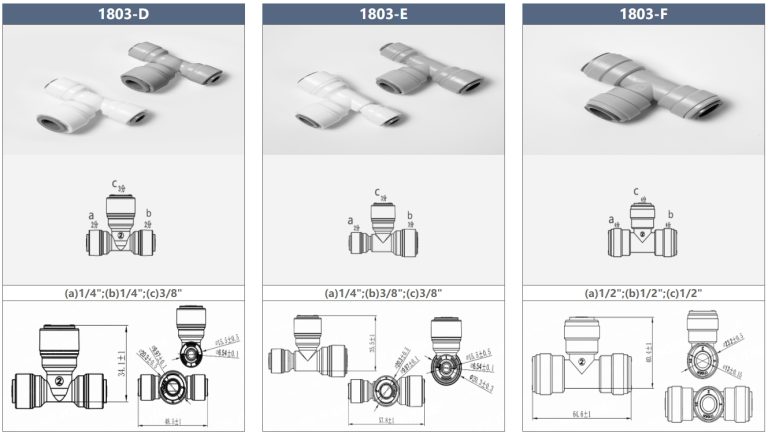Table of Contents
إيجابيات وسلبيات قناة PVC مقابل القناة الكهربائية
تعد قناة PVC خيارًا شائعًا للعديد من التركيبات الكهربائية السكنية والتجارية نظرًا لقدرتها على تحمل التكاليف وسهولة التركيب. تتميز قناة PVC بخفة الوزن، مما يجعل من السهل التعامل معها ونقلها، ويمكن قطعها بسهولة حسب الحجم باستخدام منشار أو قاطع أنابيب PVC. كما أن قنوات PVC مقاومة للتآكل، مما يجعلها خيارًا متينًا للتركيبات الخارجية أو في المناطق ذات مستويات الرطوبة العالية.
نموذج
| أنبوب (أ) | الجذعية (ب) | 1801-أ |
|---|---|---|
| 1801-ج | 1/4 | 1/4 |
| ومن ناحية أخرى، فإن الأنابيب المعدنية، مثل الفولاذ أو الألومنيوم، معروفة بقوتها ومتانتها. غالبا ما تستخدم القناة المعدنية في التطبيقات الصناعية أو في المناطق التي تحتاج إلى حماية إضافية، مثل المناطق ذات حركة المرور العالية أو حيث قد تتعرض القناة لأضرار مادية. كما أن القناة المعدنية مقاومة للحريق، مما يجعلها خيارًا أكثر أمانًا في حالة نشوب حريق. | 1/4 | 3/29 |
نموذج
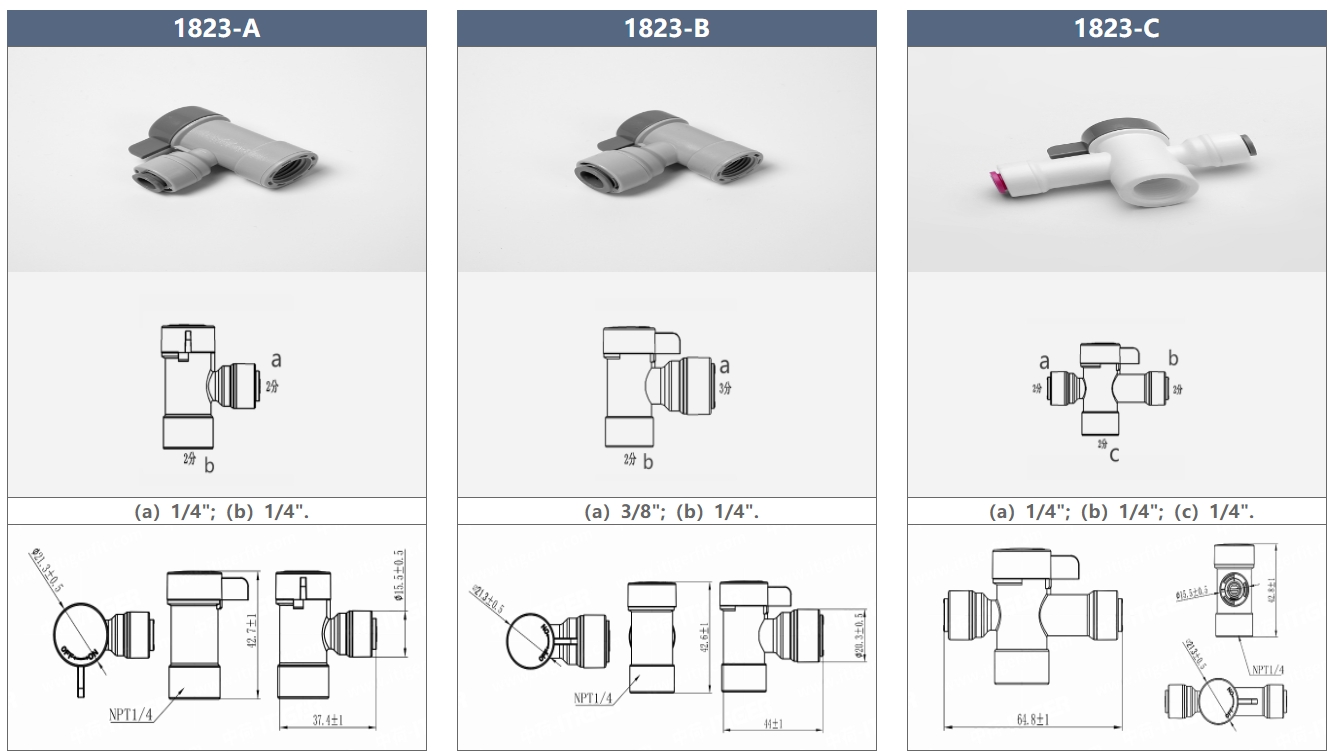
أنبوب (أ)
| الجذعية (ب) | 1801-أ | 1801-ج |
|---|---|---|
| عملية التثبيت: PVC مقابل القناة الكهربائية | 1/4 | 1/4 |
| عندما يتعلق الأمر بتركيب الأسلاك الكهربائية في المبنى، فإن أحد القرارات الرئيسية التي يجب اتخاذها هو استخدام PVC أو القناة الكهربائية. كلا الخيارين لهما مجموعة من المزايا والعيوب، لذا من المهم فهم الاختلافات بين الاثنين قبل اتخاذ القرار.
PVC، أو كلوريد البولي فينيل، هو نوع من البلاستيك شائع الاستخدام في البناء لمجموعة متنوعة من الأغراض. بما في ذلك الأسلاك الكهربائية. تتميز أنابيب PVC بخفة وزنها وسهولة العمل بها ورخيصة الثمن نسبيًا، مما يجعلها خيارًا شائعًا للعديد من الكهربائيين. كما أنه مقاوم للتآكل ويمكن استخدامه في مجموعة متنوعة من البيئات، سواء في الداخل أو الخارج. |
1/4 | 3/45 |
من ناحية أخرى، القناة الكهربائية عبارة عن أنبوب أو أنبوب معدني يستخدم لحماية وتوجيه الأسلاك الكهربائية. تصنع القناة عادةً من الفولاذ، أو الألومنيوم، أو الفولاذ المطلي بـ PVC، وهي متوفرة في مجموعة متنوعة من الأحجام والأنواع. على الرغم من أن القناة أكثر تكلفة من PVC، إلا أنها توفر حماية أكبر للأسلاك الداخلية وهي مطلوبة في العديد من التطبيقات التجارية والصناعية.
عندما يتعلق الأمر بعملية التثبيت، هناك بعض الاختلافات الرئيسية بين PVC والقناة الكهربائية. عادةً ما يتم تركيب قناة PVC باستخدام أسمنت PVC، مما يخلق رابطة قوية بين قطع القناة. وهذا يجعل قناة PVC خيارًا جيدًا للتطبيقات حيث ستتعرض القناة للرطوبة أو غيرها من الظروف القاسية. وهذا يجعل القناة الكهربائية خيارًا أكثر أمانًا لحماية الأسلاك، خاصة في المناطق التي قد تتعرض فيها القناة لأضرار مادية أو عبث.
من حيث المرونة، تعتبر قناة PVC أكثر مرونة من القناة الكهربائية، مما يجعل العمل أسهل في المساحات الضيقة أو حول الزوايا. ومع ذلك، فإن القناة الكهربائية أكثر صلابة وتوفر حماية أفضل للأسلاك الداخلية، مما يجعلها خيارًا أفضل للتطبيقات التي قد تتعرض فيها القناة لأضرار مادية.
الفرق الرئيسي الآخر بين PVC والقناة الكهربائية هو التكلفة. تعتبر قناة PVC عمومًا أقل تكلفة من القناة الكهربائية، مما يجعلها خيارًا أكثر فعالية من حيث التكلفة للعديد من المشاريع. ومع ذلك، توفر القناة الكهربائية حماية أكبر للأسلاك الداخلية، مما يمكن أن يساعد في منع الضرر وضمان سلامة النظام الكهربائي.
في الختام، يعتمد الاختيار بين PVC والقناة الكهربائية في النهاية على الاحتياجات المحددة للمشروع. تتميز أنابيب PVC بخفة الوزن، وسهولة العمل بها، وفعالة من حيث التكلفة، مما يجعلها خيارًا جيدًا للعديد من التطبيقات السكنية. من ناحية أخرى، توفر القناة الكهربائية حماية أكبر للأسلاك الداخلية وهي مطلوبة في العديد من التطبيقات التجارية والصناعية. ومن خلال فهم الاختلافات بين الخيارين، يمكنك اتخاذ قرار مستنير بشأن نوع القناة الأفضل لمشروعك.
Installation Process: PVC vs. Electrical Conduit
When it comes to installing electrical wiring in a building, one of the key decisions that needs to be made is whether to use PVC or electrical conduit. Both options have their own set of advantages and disadvantages, so it’s important to understand the differences between the two before making a decision.
PVC, or polyvinyl chloride, is a type of plastic that is commonly used in construction for a variety of purposes, including electrical wiring. PVC conduit is lightweight, easy to work with, and relatively inexpensive, making it a popular choice for many electricians. It is also resistant to corrosion and can be used in a variety of environments, both indoors and outdoors.
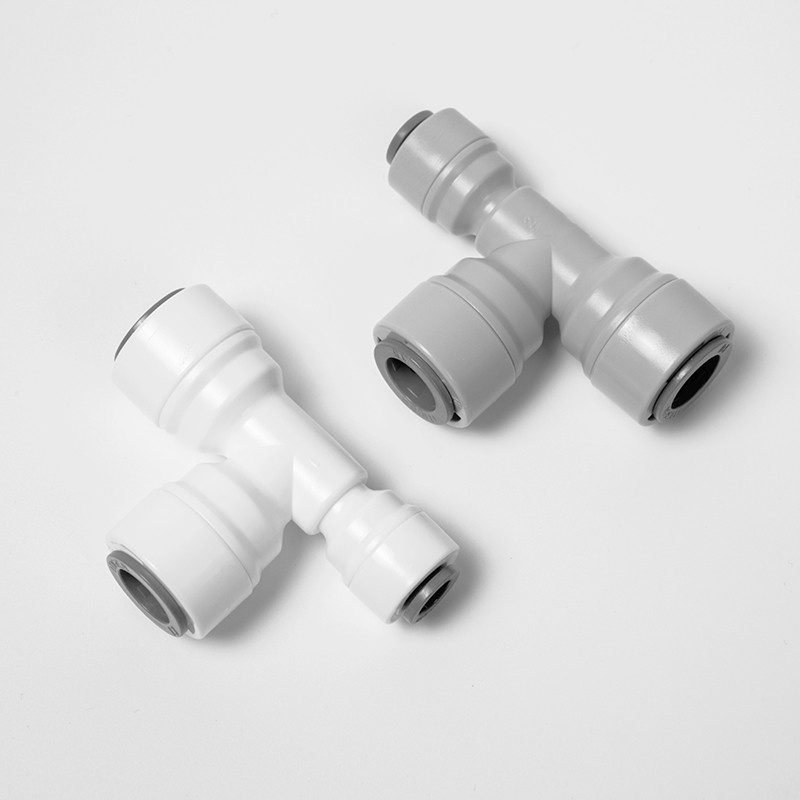
On the other hand, electrical conduit is a metal pipe or tube that is used to protect and route electrical wiring. Conduit is typically made of steel, aluminum, or PVC-coated steel, and is available in a variety of sizes and types. While conduit is more expensive than PVC, it offers greater protection for the wiring inside and is required in many commercial and industrial applications.
When it comes to the installation process, there are some key differences between PVC and electrical conduit. PVC conduit is typically installed using PVC cement, which creates a strong bond between the pieces of conduit. This makes PVC conduit a good choice for applications where the conduit will be exposed to moisture or other harsh conditions.
Electrical conduit, on the other hand, is typically installed using fittings and connectors that are screwed or bolted together. This makes electrical conduit a more secure option for protecting wiring, especially in areas where the conduit may be subject to physical damage or tampering.
In terms of flexibility, PVC conduit is more flexible than electrical conduit, which can make it easier to work with in tight spaces or around corners. However, electrical conduit is more rigid and provides better protection for the wiring inside, making it a better choice for applications where the conduit may be exposed to physical damage.
Another key difference between PVC and electrical conduit is the cost. PVC conduit is generally less expensive than electrical conduit, making it a more cost-effective option for many projects. However, electrical conduit offers greater protection for the wiring inside, which can help prevent damage and ensure the safety of the electrical system.
In conclusion, the choice between PVC and electrical conduit ultimately depends on the specific needs of the project. PVC conduit is lightweight, easy to work with, and cost-effective, making it a good choice for many residential applications. Electrical conduit, on the other hand, offers greater protection for the wiring inside and is required in many commercial and industrial applications. By understanding the differences between the two options, you can make an informed decision about which type of conduit is best for your project.

